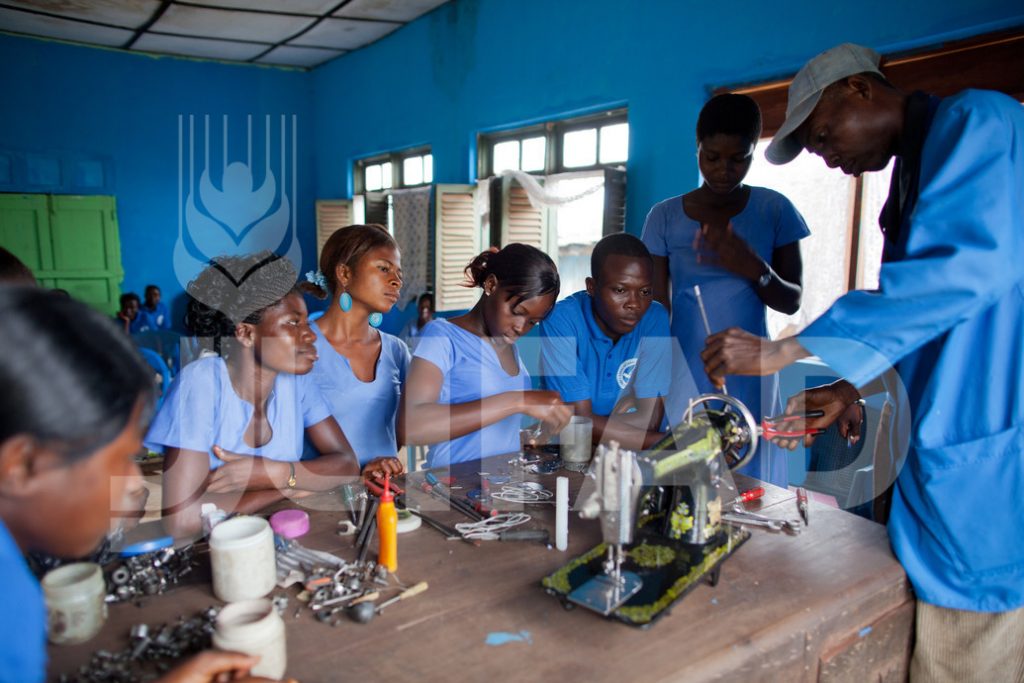
A livelihood is considered sustainable when it can cope or recover from stress and shocks, maintain or enhance its capabilities and assets, and provide sustainable livelihood opportunities for the next generation (Chambers & Conway, 1992). Five elements that are related to this have been identified by Scoones (1998). These include:
- Livelihood strategies that create productive employment. This could be off-farm or part of a waged labour system or subsistence production.
- The poverty level which provides an indication of whether livelihoods are sustained or not.
- The capabilities and well-being of people which relate to what people can do or be with their entitlements. It goes beyond human capital into the valued elements of capability or well-being such as happiness, self-esteem, stress etc.
- Livelihood adaptation, vulnerability and resilience which explores the ability to recover from shocks. Those who are unable to cope will inevitably not achieve sustained livelihoods.
How does this relate to young people? Well, there are several factors that determine an individual or households’ ability to pursue some of the elements addressed above. Among these is the fact that people (all age groups and gender) have different priorities and thus the type of livelihood strategies pursued are dependent on the basic material, social tangible and intangible assets in their possession (Scoones, 1998).
The International Fund for Agricultural Development (IFAD) has contributed to the sustaining the livelihoods of young people through investments that generate productive employment, rural finance and business development. An example of case study that reflects this can be obtained here.
